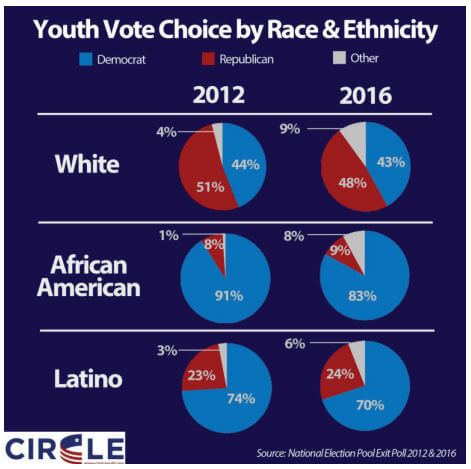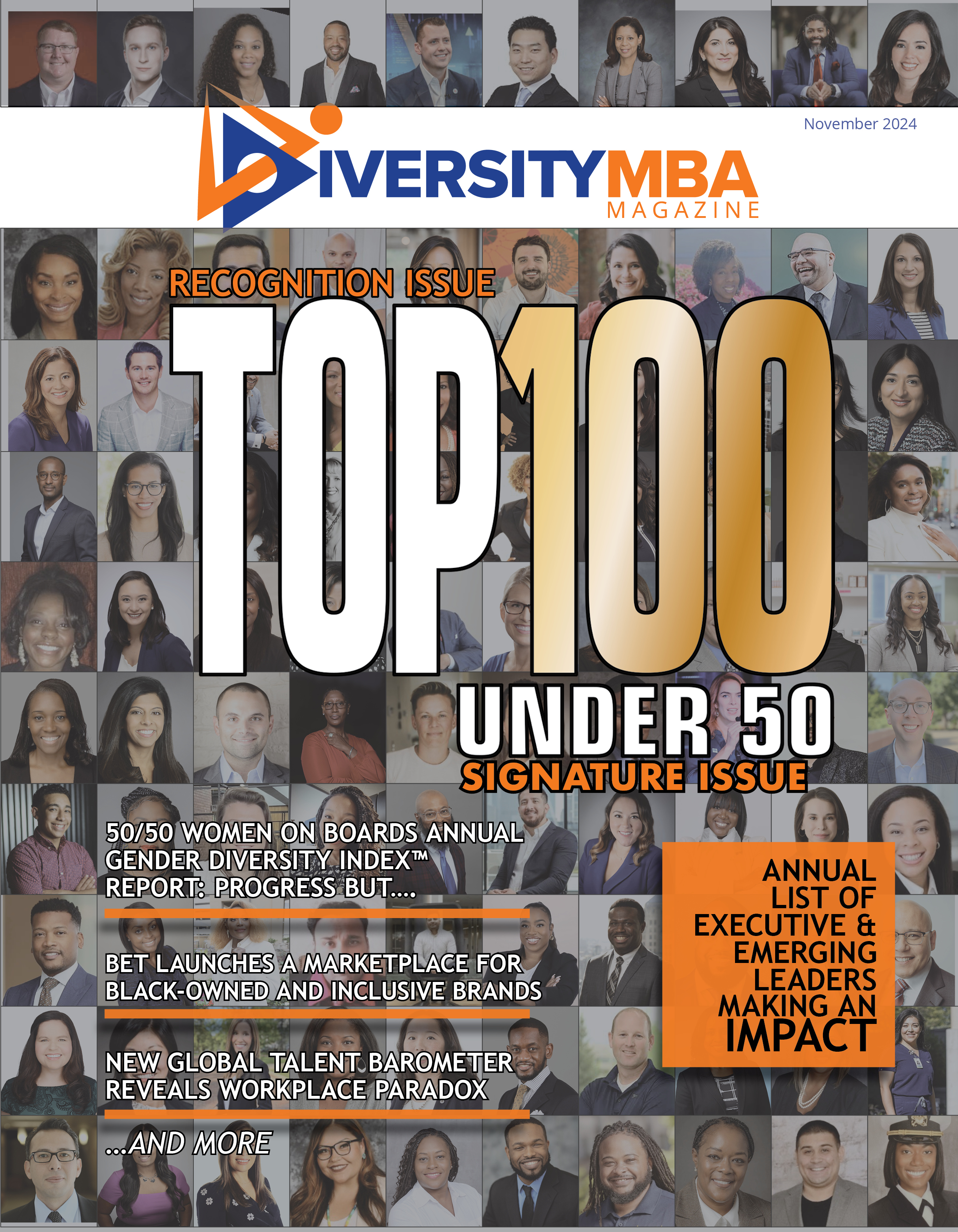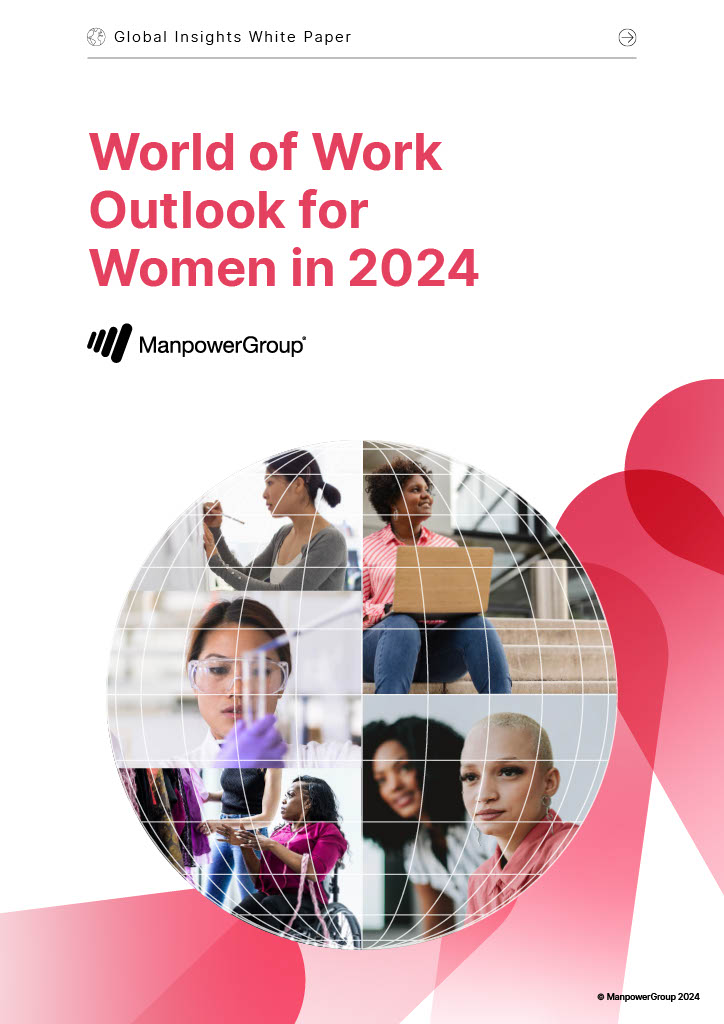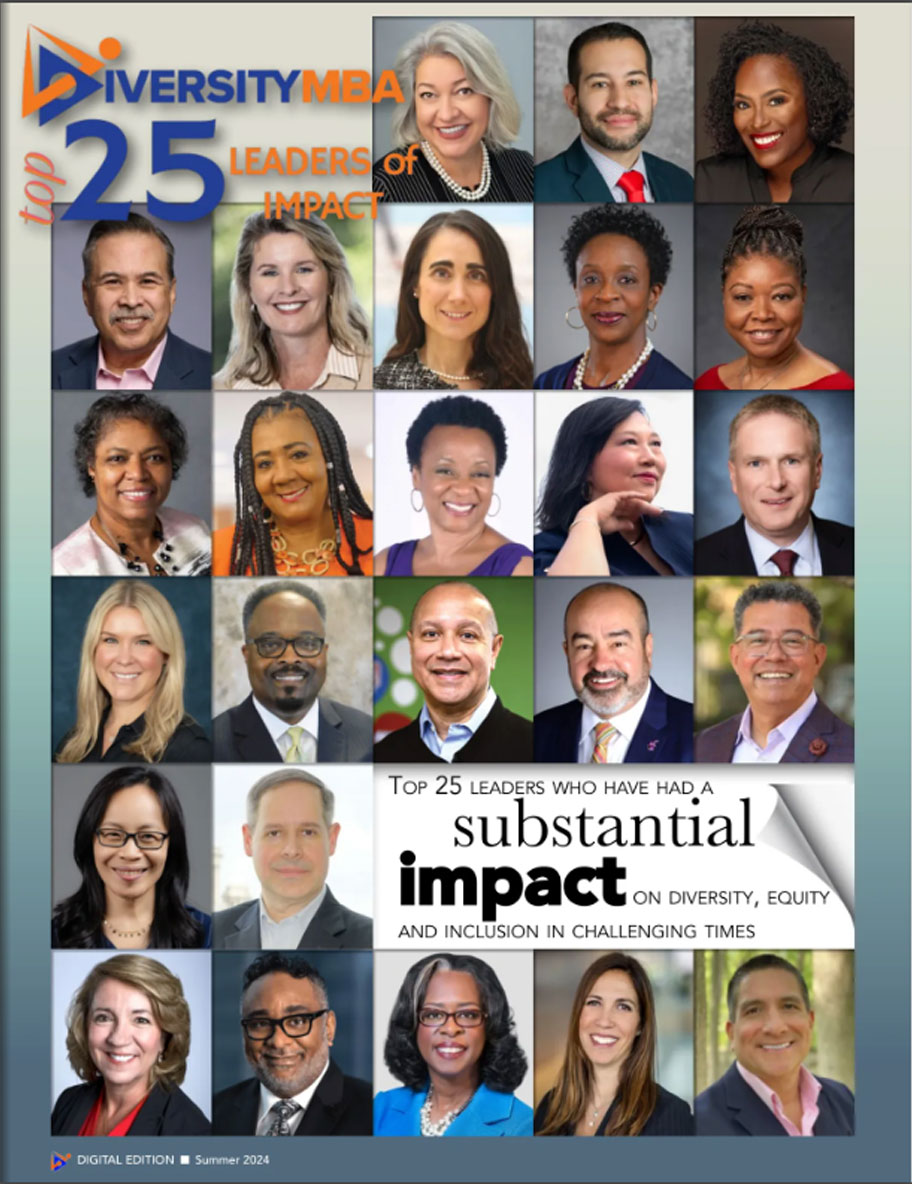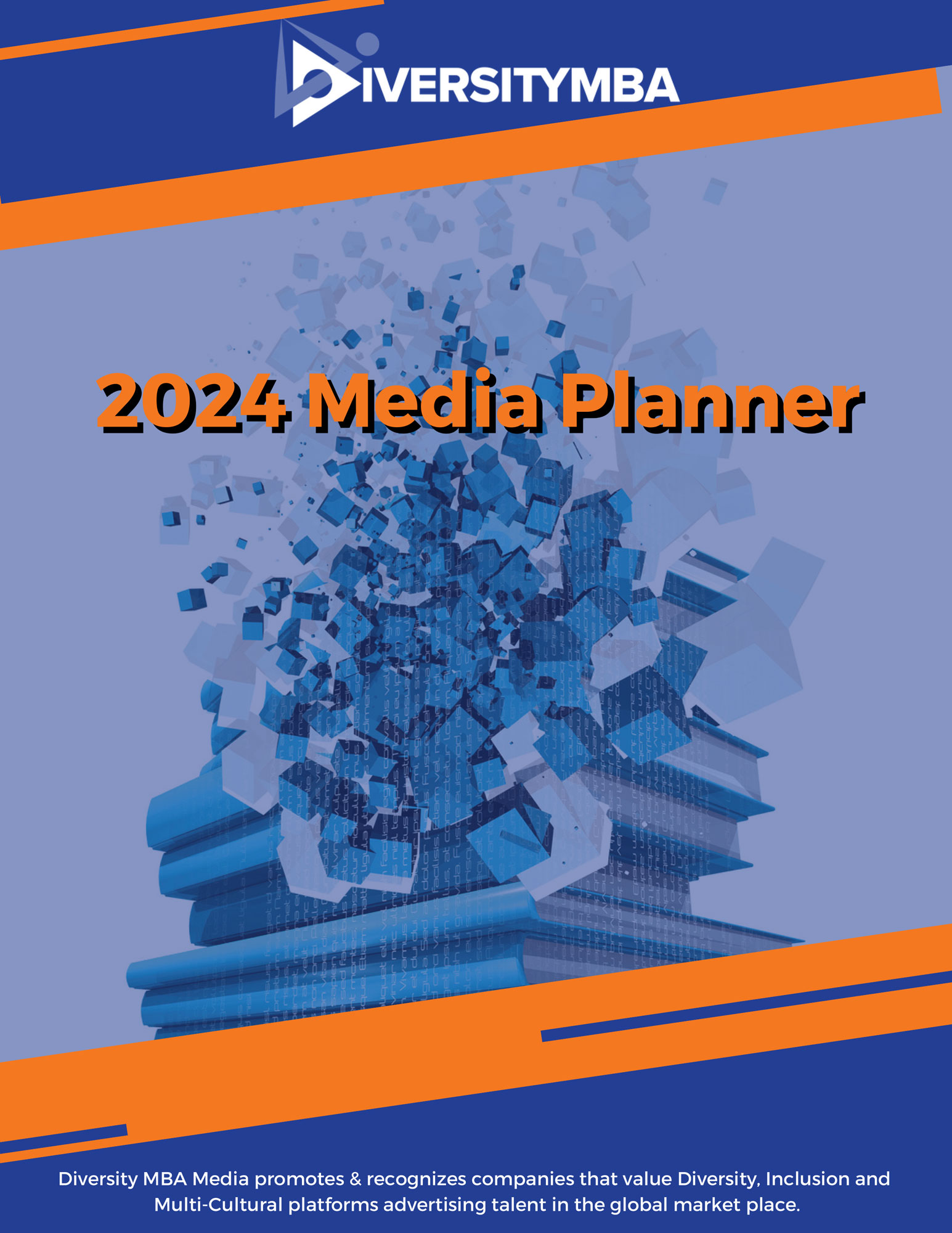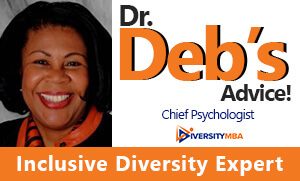 First, I would like to
First, I would like to
acknowledge that some, who belong to what is referred to as “Millennials” or the “Y-Generation”, do not like being labelled “Millennials” or the “Y-Generation”. I apologize for the labelling, but it is a short-cut. And let’s face it, people who are now senior citizens are still called “Baby Boomers” and they have not been babies for a long time. I also wish to apologize, in advance, to the Gen-Xers, who are sandwiched between the two largest generations. GenXers are, to some degree, the forgotten generation. Scholars busy themselves discussing when are Millennials going to get “their turn at bat” and Gen-Xers are thinking they should be next in the batting order.
What follows in Part 1 & 2 of Millennials: Know Thyself is second, third, fourth, etc.
Across the generations there is a belief that Millennials are colorblind. What is interesting is that many Baby Boomers also like to say that they do not see color, just ask President Trump. In fact, regardless of generation, the first thing people see is race and gender. Researchers, Contreras, Banaji, and Mitchell, at Harvard found that race and gender is recognized within 200 milliseconds. Also, research has shown that individuals who think they are bias free are more likely to discriminate because it is hard to counteract implicit/unconscious bias.
Part of the evolutionary process is to categorize the world into ‘safe’ and ‘not safe’. Evolutionarily, the in-group is safe, the out-group is not safe, and men are seen as more dangerous than women. Researchers, such as Amodio, have charted the prejudice network of the brain that has developed over millennia.
Do you think you are colorblind? The best way to counteract bias is to assume you are bias, even if you don’t know it.
It is important that employers do not believe the fallacy that Millennials have overcome millennia of the brain’s prejudice network. It is important to provide inclusion and implicit bias training equally across generations. That way, companies are more likely to avoid the fiascos that ensued when police were called to some hospitality establishments because potential customers were treated as ‘unsafe’. In 2016, Tufts University’s Center for Information and Research on Civic Learning and Engagement (CIRCLE) found that for Millennials:
- The Democratic Party was trusted “somewhat” or “completely” by 23% of Whites, 47% of Blacks and 36% of Latinos;
- The Republican Party was trusted “somewhat” or “completely” by 19% of Whites, 10% of Blacks and 15% of Latinos.
In the 2016 election, Millennials voted for Clinton because they are the most diverse generation. Yes, the majority of Millennials voted for Clinton because 42% of the young voters were nonwhite. In fact, 48% of the white young voters, Millennials, voted for Trump and 43% of white Millennials voted for Clinton. But this should not be a surprise. According to the Pew Research Center and the CIRCLE, in 2012, 51% of the white youth vote (Millennials) voted for Mitt Romney, only 44% of white Millennials voted for President Obama. Who did you vote for in 2012 and 2016?
According to the CIRCLE research, Millennials are probably more moderate than being liberal or conservative. What are you?
https://www.brookings.edu/blog/fixgov/2016/11/21/howmillennials-voted/

In Part 2 of Millennials: Know Thyself, some characteristics used to describe Millennials will be critiqued. Stay tuned!

